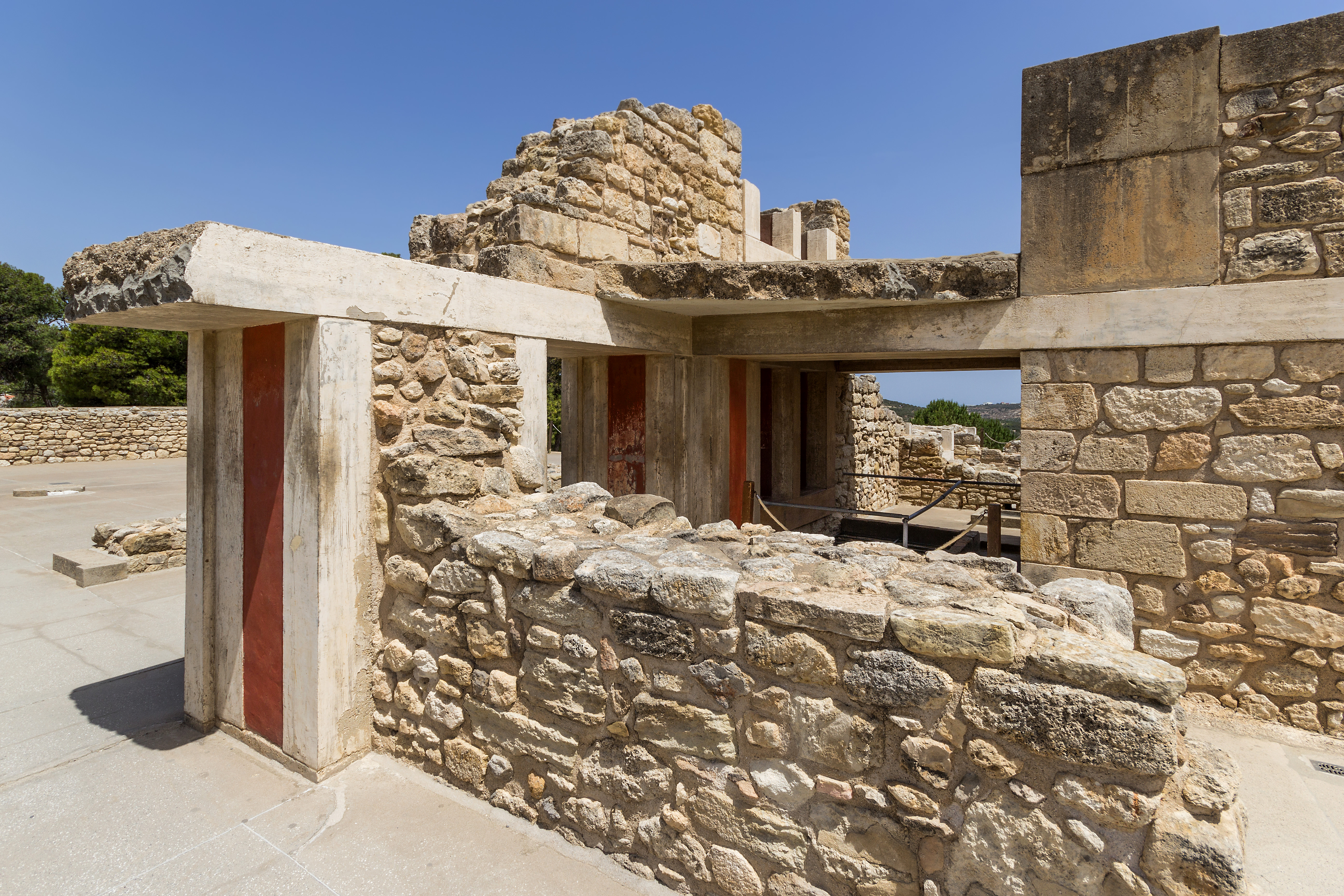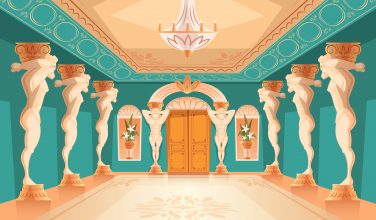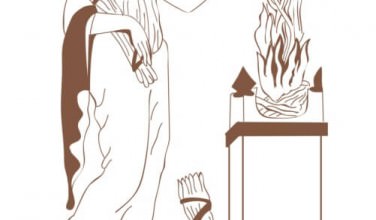What to Know About Minoan Architecture of Ancient Greece
Comments Off on What to Know About Minoan Architecture of Ancient Greece
 The Minoans had the earliest known civilization in Greece. They were living in Greece, primarily on the island of Crete, from around 2000 B.C. to around 1400 B.C. until their civilization collapsed. By studying them, we can surmise that everything in their culture that they had, they built it themselves with their own hands and minds. They developed their culture and way of life from the ground up, and evidence of their greatness is still prevalent today on the Greek island of Crete. Archaeological sites such as those at Knossos and Malia provide us clues as to how they lived. Their architecture in particular was both unique and fascinating, and we’re able to learn about it today thanks to some of the well-preserved ruins on the island. Here’s a look at the essential facts of Minoan architecture:
The Minoans had the earliest known civilization in Greece. They were living in Greece, primarily on the island of Crete, from around 2000 B.C. to around 1400 B.C. until their civilization collapsed. By studying them, we can surmise that everything in their culture that they had, they built it themselves with their own hands and minds. They developed their culture and way of life from the ground up, and evidence of their greatness is still prevalent today on the Greek island of Crete. Archaeological sites such as those at Knossos and Malia provide us clues as to how they lived. Their architecture in particular was both unique and fascinating, and we’re able to learn about it today thanks to some of the well-preserved ruins on the island. Here’s a look at the essential facts of Minoan architecture:
Palaces
One thing that the Minoans were particularly known for were their grand palaces. Even though the Knossos Palace seems to be the largest, the other palaces located throughout the island, such as those in Malia, Phaistos, and Zakros, contained many of the same elements as those found in Knossos, just on a smaller scale. The grandeur of Knossos compared to the other palaces has suggested to some experts that Knossos served as a sort of main center of government that tied the Minoan Civilization together.
The architecture of the palaces suggests that they were built for their practicality. There were living quarters, municipal areas, and storage areas. It appears as if the palaces were the center of religion, culture, government, and commerce for the Minoans living in the area and the architecture reflects this. Here’s a look at some of the features of these palaces:
- Unfortified – The Minoans weren’t warriors, they were traders. As a result, their palaces weren’t fortified.
- Rooms – Another thing that characterized Minoan palaces is that they were made up of multiple rooms. Since the palaces were used for multiple purposes, each needed enough rooms to service the people. Each palace had many wings that had many smaller rooms contained within it.
- Courts – Each palace had a central court and there were also multiple smaller courts located throughout the palaces. The courts were all paved and served as common areas.
- Wings – There were four wings in each of the palaces and each had a purpose. The palace itself was oriented from north to south. The western facing wing was considered sacred, and it is also where the magazines for food storage were located. The east wing had workshops where artisans could work their trades.
- Columbs – Each of the palace contained many levels and stories and as a result, was made up of several columns that all had an inner wooden core.
Tombs
The Minoans had a unique way of burying their dead. Referred to as Tholos Tombs, or beehive tombs, these burial structures were common to the civilization and have been found throughout Crete. They are characterized by their “false dome” construction and cavernous inner chambers. There is some debate as to whether they developed in the Early Minoan era or not. In some parts of Greece, they also may have been used as homes and not tombs. However, it is possible that this use for the construction came about after the Minoan period.
Minoan architecture was just as unique and innovative s the culture itself!
Sources:
Wikipedia – Ancient Greek architecture
Wikipedia – Minoan civilization
Ancient Greece – Minoan Architecture
Categorized in: Ancient Greek History
This post was written by Greek Boston
Share this Greek History Article:





